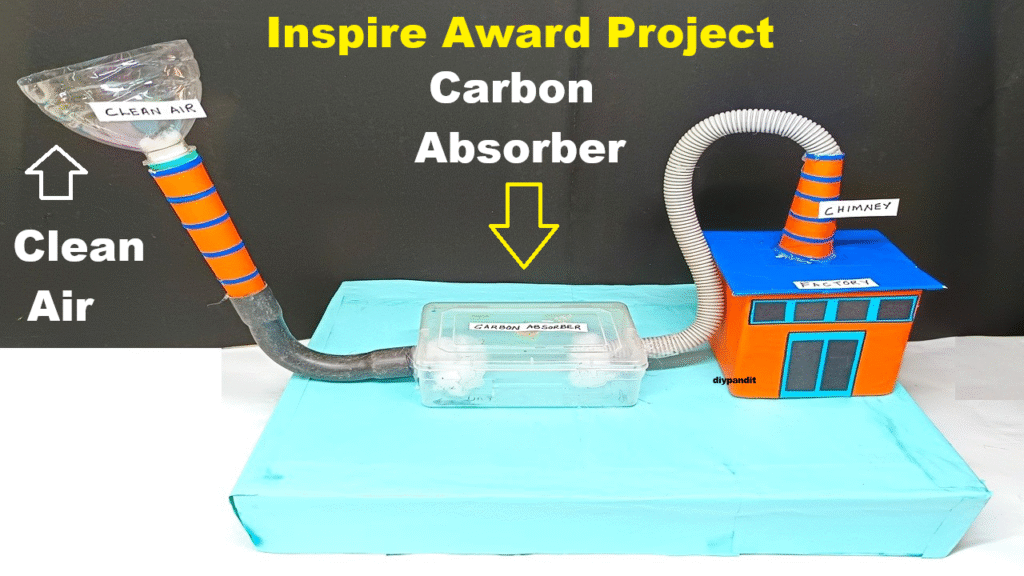Introduction
Air pollution has become one of the most serious problems of our time. With the increase in vehicles, industries, and burning of fuels like coal and petrol, the air we breathe is becoming more and more dirty.
Polluted air contains harmful gases such as carbon monoxide, sulfur dioxide, and nitrogen oxides, along with tiny dust particles. Breathing this polluted air can cause serious health problems like asthma, lung infections, and even heart diseases. It also damages crops, animals, and the overall environment.
To fight this problem, different methods are used to clean the air. One important and effective method is carbon purification.
In this process, activated carbon (a special form of carbon) is used. Activated carbon has millions of tiny holes on its surface. These holes trap harmful gases, smoke particles, bad smells, and toxic chemicals from the air. In simple words, it acts like a sponge that soaks up pollution.
Carbon purification is widely used in air purifiers, industrial chimneys, gas masks, and water treatment plants. For example, air purifiers with carbon filters are commonly used in homes and offices to provide fresh air. Industries use large carbon filters to reduce smoke and harmful gases before releasing them into the atmosphere.
The main advantage of carbon purification is that it is simple, cost-effective, and highly efficient in trapping pollutants. However, the filters need to be replaced or cleaned regularly, otherwise they stop working properly.
Making of Model
The model simulates air pollution control in factories. The cotton acts as a filter, mimicking industrial carbon or HEPA filters that trap dust and carbon particles.

It shows how factories can reduce emissions and prevent harmful smoke from entering the atmosphere
Video Steps to Make the Model:
Step 1: Build Factory Chimney
- Make a factory building using a cardboard box.
- Attach a vertical chimney using a paper roll or cylindrical pipe on top.
Step 2: Create the Purifier Chamber
- Cut a transparent bottle in half.
- Insert cotton inside (this acts as the carbon/cotton filter).
- Fix the bottle horizontally behind or inside the chimney.
Step 3: Setup Smoke Inlet
- Fix a straw or small pipe leading from an incense stick chamber to the cotton filter bottle.
- You can also place a mini DC fan at the end of the system to pull air inside and show real movement.
Step 4: Connect Output
- After cotton filter, connect another pipe upward – this shows clean air release through another mini chimney.
- Optionally, use white cotton at the outlet to show clean smoke.
Working Demonstration:
- Light the incense stick (polluted smoke source) and place it in the chamber.
- The smoke moves through the cotton-filled purifier.
- The cotton traps particles (dust, carbon).
- Only cleaner air exits through the final pipe/chimney.
Add a before and after smoke comparison panel using two transparent tubes – one direct, one filtered – to enhance clarity.
In conclusion, carbon purification is a smart and powerful solution to reduce air pollution. If used on a larger scale in industries, vehicles, and homes, it can help us breathe cleaner air, protect our health, and create a safer environment for future generations.

